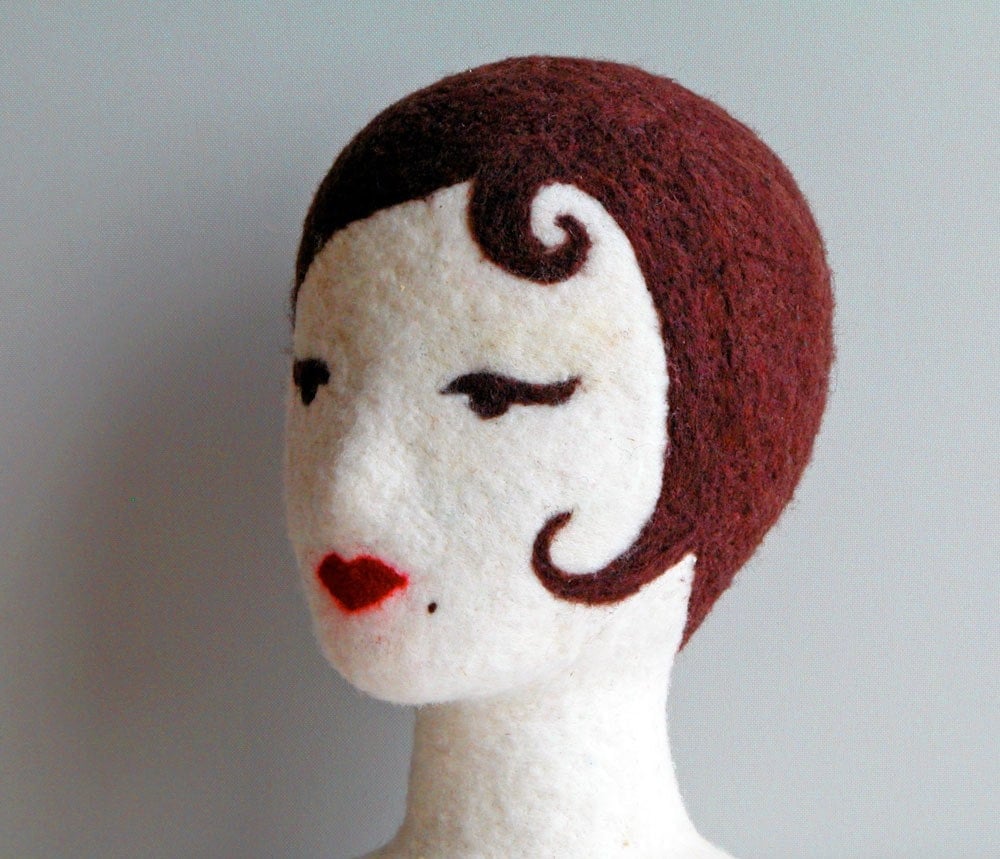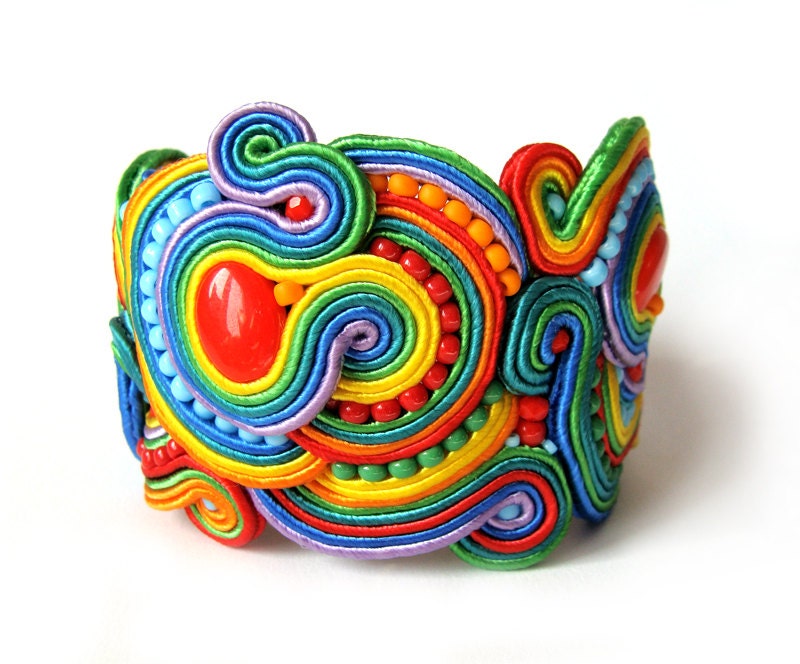 |
| 49 shades of purple |
Years ago when I started learning about making ballet costumes, I also began learning about dying fabric. I blame my friend Scott for convincing me that it really was not that hard, he would say: "I can make spaghetti and dip dye fabric side by side", and of course, really, I should just own my own sins since I always think and say: "how hard can it be"?
If you read an earlier post you already know that this thinking has gotten me into trouble before. Still, I am clearly an optimist and having successfully dyed a lot of fabric, maybe I had just become complacent.
Well in the last few weeks I found out that dyeing fabric can be hard, very hard.
I had a project that required some custom dyed purple lycra, mesh, lace and silk. I knew that these fabrics can be dyed with acid dyes such as Jaquard, RIT, IDye natural and Procion dyes. I also knew that I needed to weigh the fabric (so as to use enough dye), wash it with a mild soap, heat the dye, add some soap to the dye bath and test samples of the fabric before dyeing the actual items. Simple right? Wrong
I ended up with a strange, grey plum color.
 |
| White "nylon" mesh dyed with Rit (bottom left) then overdyed with IDye polyester |
You can now get IDye polyester, a special dye for home dying polyester, but it is a special dye, that can only be special ordered as most stores do not carry it.
The second thing I learned is that every batch of dye is unique; it always requires multiple tests and it is best to let the fabric dry completely to check the color.
 | |||
| Left to right (top): Nylon Spandex leotard with nylon lace, stretch satin, polyester mesh | ; bottom: nylon mesh |
 |
| Example of a "split" dye |
 |
| Nylon spandex and nylon mesh dyed with Lilac Jaquard dye |
 |
| White satin spandex and white stretch lace (both nylon) |
 |
| Part of my kitchen counter + samples. |
Another thing is to use glass if possible or stainless steel, not aluminium or plastic. The dye will react with all of the containers but especially aluminium and plastic. Also, never use bowls, measuring cups, spoons etc. that you use for dyeing for food. No matter how well you wash and scrub, trace amounts remain and the dyes are toxic and carcinogens.
Together with my dad I determined that it was best to use distilled water, measure the pH (I ended up adding a little white vinegar to get that around 6.5-5 so slightly acidic), get the temperature no higher than 80 C and carefully time the time in the dye bath. For polyester dyes, you need to actually boil up the dye, with the fabric and then simmer for 30 to 60 minutes. Not all fabrics can handle that, nylon for instance can melt!.
After testing the dye mixture, again, and again, and 25 more times, I was finally satisfied and dyed my fabrics. Here is the end result:
 |
| end result of fabric dyeing |
I think the "moral" of this tale is that you need to take the time to test, try not to mix too many fabrics with different fiber contents as they take the dye in different ways, resulting in dye splitting and to try to keep time, heat, water quality and pH stable.










































